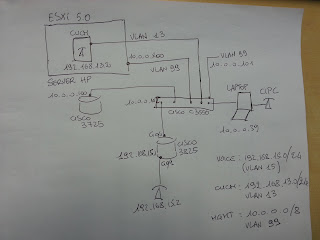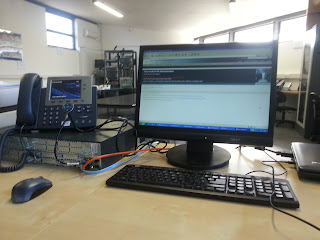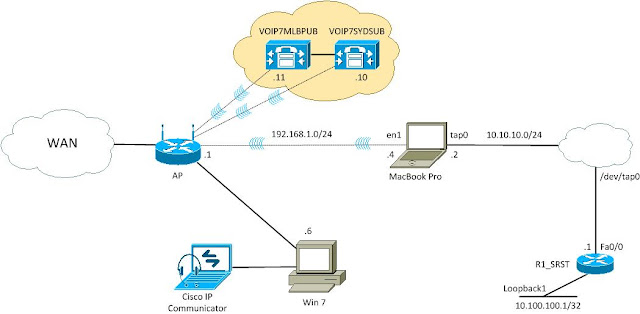Session Initiation Protocol - SIP
Today I’ll try to remind what SIP is, how it works, and how to integrate it with my Cisco voice Lab. Originally designed by Shulzrinne and Handley, SIP, has been standardized in 1996 by IETF with RFC 3261. It is a widely utilized peer-to-peer telecommunications protocol, and differently from others, it is open, that is the reason why it is widely used and implemented. SIP introduces some network elements, here explained really shortly : · User Agent (UA) : This is a logical SIP endpoint used to create and manage a SIP session. It can act either as a client (UAC) or as a server (UAS). A sip phone, or a Softphone can be UAC · Proxy Server : An intermediary agent that acts as UAC or UAS on behalf of other UA in order to establish a SIP session · Registrar/Location Server : It’s the server that accepts REGISTER messages and places ...






